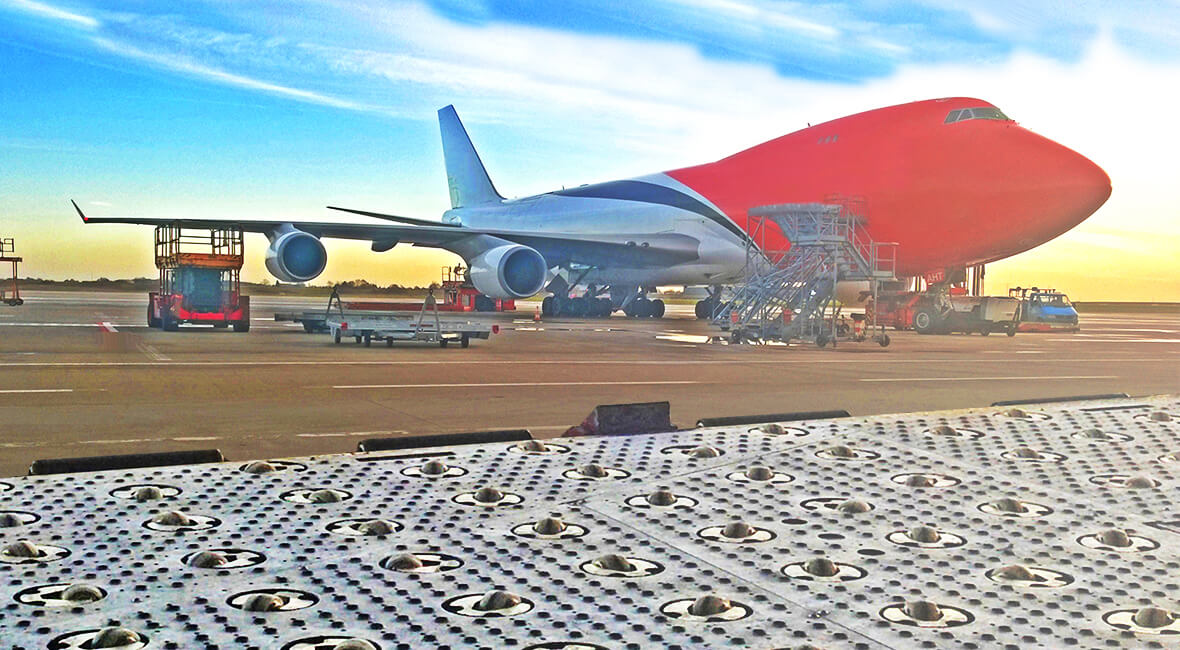Castor Types
In general, medical castors can be sub-divided into four main types:
- Pressed Steel – Typical pressed steel type castors incorporate single and double ball race constructions. The balls run in tracks formed in the fork and top plate pressings.
- Die-cast Aluminium – These consist of either a die-cast aluminium body in Twintech twin wheel products or two die-cast aluminium body shells in Singletech single wheel products.
- Plastic – Consisting of either single or twin wheel castors with plastic bodies.
- Highbrids – With a mixture of aluminium and/or steel and plastics components.
Medical Castor Terminology
Due to the nature of some of the applications, medical castors may have specially designed fitting methods. In addition to the regular top plate, single bolt hole and threaded stem configurations, a ‘Combi’ stem is often used in applications such as hospital beds where there is a requirement for two or more of the castors to be operated by the actuation of one operating pedal.
The Combi stem consists of a solid stem, or a cam capsule that totally encloses the locking mechanism and is activated by a drive bar, providing one of four modes of operation:
- Mode 1: Swivel - wheel and castor free.
- Mode 2: Total lock- wheel and swivel action locked.
- Mode 3: Total & Directional lock – wheel and swivel action locked, or wheel free but swivel action locked in the steering position when the brake drive bar is at 90 deg to the direction of travel.
- Mode 4: Total & Directional lock – wheel and swivel action locked, or wheel free but swivel action locked in the steering position when the brake drive bar is in line with the direction of travel.
Wheel Selection
We offer different tyre profiles to suit hard and soft floors along with a choice of materials:
- Polyurethane, grey or black: Hard wearing, low rolling resistance, suitable for temperatures up to 80°C.
- Natural rubber, grey or black: Provides a softer ride, for temperatures up to 65°C.
- “Performa” thermoplastic rubber for durability and low rolling resistance.
- Nylon, black: For high manoeuvrability on suitable floors.
- Electrically conductive tyres; Available in both polyurethane or rubber.
Other tyre colours can be provided, subject to minimum order quantities – please contact us for further information.
Typical Medical Castor Configuration
Medical equipment can generally be divided into three broad areas.
Hospital Beds that can be sub-divided into two main categories: those that have centrally operated braking systems and those that have independent braking systems.
Centrally operated braking systems; where all castors need to be locked simultaneously, Combi castors are the preferred choice. One foot pedal activates the operating function of two or more castors. Options available from Colson include TwinTech Combi, SingleTech Combi and BedMaster Series products. Typical castor layouts are shown as follows:
- Independent braking systems: Where the castor configuration is made up of a combination of swivel, braked and on occasions a directional lock castor each working independently to each other.
- Hospital equipment typical examples of which are all types of imaging equipment, anaethesia units, laser units, optical equipment, in fact any piece of high-technology requiring mobility. A range of options presents itself when specifying castors for these types of products but where designers need to meet the ergonomic, aesthetic and economic needs of increasingly demanding applications then Solus castors are the preferred choice. Whether you require the soft, streamlined contours of SingleTech Solus that are combined with a design that minimises swivel and pushing effort, or prefer the increased stability and precise tracking offered by TwinTech Solus, they both are available with the widest range of liveries and finishes to add an extra dimension to a customer’s equipment.
- General ancillary equipment: There are numerous pieces of equipment found in medical applications, such as patient lifting and/or handling devices, general ward trolleys, drip stands, catering trolleys, etc that use castors. We have a broad range of products available for this equipment.
Medical Castor Specifications
TwinTech product specifications:
- Body and wheel centres: Pressuredie cast aluminium for light weight, high load capacity, resistance to abuse and electrical safety.
- Brake (Solus): Brake mechanism effected through die cast teeth around each wheel hub and swivel pin.
- Brake (Combi): Mechanical system with pressure die cast teeth engaging with integral teeth cast into the wheel hub. This is a positively locking brake which totally immobilises the equipment.
- Tyres: Tyre profiles and materials to suit hard and soft floors.
- Axles: Precision hardened and ground steel shaft, manufactured to exacting tolerances, provides extended service life.
- Bearings: Headwork thrust race with hardened cup and cone ensures minimum wear and swivel resistance. Precision needle roller bearings fitted as standard for low rolling resistance.
- Twin wheels: Independent rotation allows minimal swivel effort. Totally enclosed bearings, swivel and brake mechanisms in minimal height housing.
- Cam capsule (Combi): The locking mechanism is totally enclosed within the capsule. It is activated by an 11mm hexagonal drive bar which can be set for three modes of operation.
- Swivel: Wheel and castor free.
- Total & Directional Lock: Wheel & castor lockedor wheel free but castor locked in the steering position.
- Total Lock: Wheel and castor locked.
- Retaining plate (Combi): Designed to allow quick removal and reassembly of the wheels for easy servicing.
- Options specification:
- Body and wheels can be powder coated in any colour to match existing livery.
- Tyres can be polyurethane, rubber or nylon in a choice of colour or electrical characteristic.
- Fixing pins (Solus) can be customised to users requirements.
- Special ‘Gold Seal’ version provides 72 hour salt spray protection through special plating quality and additional seals for regular autoclaving or steam cleaning.
- Overall height of castor can be extended to match conventional single wheel castors, for greater ground clearance and under-trolley access (Combi).
- Alternative ‘D’ section drive bar actuating mechanism can be supplied (Combi).












